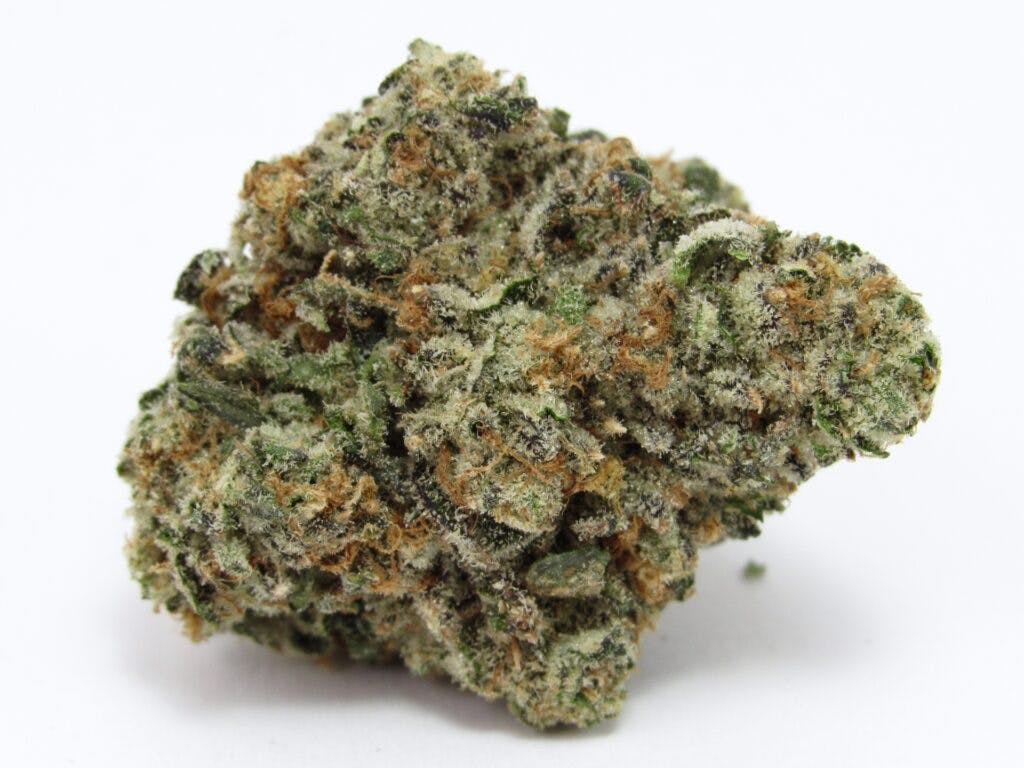
Real cannabis worked for chronic pain in a rare study
Chronic pain can make your life difficult. But according to a March study of real cannabis, high-THC buds and CBD-rich oils can help. The Australian study, published in the journal Drug Science, Policy and Law, found a significant reduction in pain and a significant increase in quality of life. The study measured results after three months of use. During their cannabis experience, patients felt better, slept better, and both their mood and general health improved. Although these results are still preliminary, the authors state that they are “promising and indicate significant improvements in pain, quality of life, sleep and mood.”
Chronic pain study
The use of cannabis for chronic pain is nothing new. It is one of the most common conditions patients seek to treat with medicinal cannabis. Several large systematic reviews have already found that cannabis can be an effective tool for relieving chronic pain.
For example, in 2017, the National Academies of Sciences, Engineering, and Medicine published a comprehensive review of the medicinal properties of cannabis. They reported “conclusive or substantial evidence that cannabis or cannabinoids are effective in treating chronic pain in adults.” Other research has found similar evidence that cannabis can relieve chronic pain.
These types of reviews—typically derived from many double-blind studies—have long been considered the gold standard for research. However, some researchers point out that systematic reviews still have limitations. They often only include very consistent studies that do not reflect how patients use cannabis in the real world.
The researchers in this current study wanted to learn more about whether cannabis actually helps patients with chronic pain. So they used an observational method that examines real-world cannabis use and examines real-world outcomes.
Real pain sufferers using real weed

As part of the study “Medical Cannabis for Pain: Real Data on Three-Month Changes in Symptoms and Quality of Life”, 55 adult patients with chronic pain were observed and given questionnaires to assess their pain, sleep, mood and quality of life. Many of these patients also had other ailments, including stress and anxiety disorders. Since this is often the case in patients with chronic pain in general, the researchers felt that this might be the case better in real-world patients who might be trying cannabis.
Doctors considered all patients suitable for medicinal cannabis, but none had used cannabis at the start of the study. Australian doctors prescribed cannabis products individually for each patient, rather than receiving identical products and dosages. This meant that just like the average cannabis patient, they could use products tailored to their specific needs. These products contained both flower and oils and had varying levels of CBD and THC.
Buy highly rated pharmacies in your area
We show you pharmacies near the United States
Show all pharmacies
Researchers screened the cohort at the start of the experiment before starting their cannabis regimen and then again after three months of cannabis use. Most in the cohort started out in relatively poor health, with severe pain, trouble sleeping, and low mood and quality of life scores.
time to feel better
How to order weed delivery online at Leafly
Less pain and a better life with cannabis

After three months of cannabis use, patients with chronic pain reported significant improvements in all metrics. Not only had the severity of her pain lessened, it was less interfering with her life. They had significantly improved their quality of life, general health, mood and sleep scores. The improvements turned out to be useful. According to the researchers, led by Kylie O’Brien of the NICM Health Research Institute, Western Sydney University, New South Wales, Australia, “effect sizes were moderate to strong in all cases”.
“We found significant improvements…greater than those typically reported in meta-analyses for antidepressants.”
Prof. Kylie O’Brien, NICM Health Research Institute
For depression, the researchers noted, “We found significant improvements…greater than those typically reported in meta-analyses for antidepressants.”
Cannabis was very well tolerated by the pain patients. In the 55-strong cohort, a 29-year-old man reported extremely mild side effects: dry eyes and feeling cold. The symptoms disappeared the same day they started.
More international research
New study shows cannabis effective against cancer pain
Study limitations: small numbers, no controls
Of course, no course is without restrictions. This had a relatively small number of participants, making it more difficult to generalize the results. The study also lacked a control group, which means we cannot completely rule out the possibility of a placebo effect leading to positive changes.
While observational studies like these may better represent actual cannabis use, they are not blinded, which could introduce bias. Nonetheless, the authors suggest that “it is important that the merits of all types of research designs are considered when evaluating the evidence for efficacy of medicinal cannabis.”
Increasing evidence for pain management
The real data is broadly consistent with other, larger surveys on the subject. According to a California Behavioral Risk Factor Surveillance System (BRFSS) survey of 7,525 adults released in 2014, in what is perhaps the largest survey, 92 percent of medical cannabis users thought it was effective.
Expert advice? Lower the cost of cannabis and increase access
Cannabis affects different people in different ways. Different types of studies keep expanding the picture of how the herbal medicine works. The authors conclude that the body of evidence suggests that cannabis can bring real relief to patients with chronic pain and demonstrates “the need to both make medicinal cannabis more widely available and to reduce the financial costs associated with its use.” .”

Post a comment: